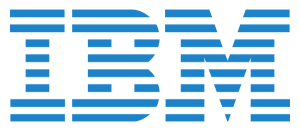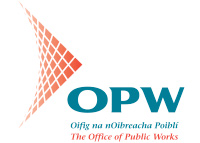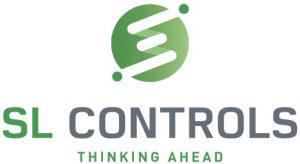Overview
The course is designed to enable maintenance staff to be effective in the use of Programmable Logic Contollers to identify faults in modern manufacturing equipment. PLC’s are at the centre of modern automation systems. If you can understand how PLCs think and how they generate fault messages, then you can use them as a powerful diagnostic tool. Our PLC course will enable maintenance staff to interrogate PLC code to determine the cause of machine faults and hang-ups.
This intensive course is 80% hands-on. We incorporate the use of training simulation software providing the platform for a deeper gamified learning experience. Our experienced developers have ensured that learners will experience and practice code structures that are routinely seen in industry.
Course Objectives
At the end of the course the learner will be able to: •
- Navigate Tia Portal competently
- Set-up an Ethernet Interface to Communicate with a Siemens S7-1200 PLC
- Create PLC Data Files and define data types
- Use search and monitoring tools
- Interrogate Basic Ladder Logic Instructions and how they interact with Data Files.
- Learn programme structure for Sequence/State control
- Troubleshoot a robot Pick and Place sequence with simulated faults in Factory I/O
Course content
Managing Communication and Adding Devices: What you will learn
✓ Change PLC IP address
✓ Reset PLC
✓ Controlling Laptop IP addresses
✓ Add new devices such as a HMI
Logical Problem-Solving skills: What you will learn
✓ Project planning: how code is typically structured in industry.
✓ Using DB sequence and state control tags
✓ Fault-finding methodology
Working with Data Types: What you will learn
✓ Coding with User Defined Tags
✓ Working with Integers and Reals
✓ Using Symbolic Tags
Structuring Programmes: What you will learn:
✓ Grouping Functions and Data
✓ FB Parameterisation using the block interface.
✓ Single and multi-instance block calls
Monitor and Force Tables: What you will learn
✓ Create and Save Watch Tables
✓ Monitor and Modify Watch Tables
✓ Force Input and Outputs, take precautions
✓ Use Traces to monitor timing
Analog Input and Outputs: What you will learn
✓ Normalise and Scale Analog data
✓ Comparator and Maths instructions
QQI Accreditation
6N22490 Programmable Logic Controllers This Award is one component required for the Advanced Certificate 6M25693 Industrial Automation Technology
Learner Entry Requirements
A learner seeking entry to this Level 6 programme does not need a previous formal qualification but should have relevant work or life experience to have reached the standards of knowledge, skill and competence associated with Level 5 of the National Framework of Qualifications.
Problem solving with PLCs requires strong logical thinking skills. We recommend that inexperienced learners first attend the three-day Introduction to PLC training course. Learners would typically be involved in the maintenance of equipment in the manufacturing sector and have a technical craft background. They should be familiar with the activities related to maintaining production equipment.
Competence in written and spoken English is essential. International students whose first language is not English are required to have an appropriate score in an approved examination in English language. We accept an IELTS test score of 6. We also accept IELTS equivalents such as TOELF score 60-78 and Cambridge exam level B2 or a Duolingo online test.







































